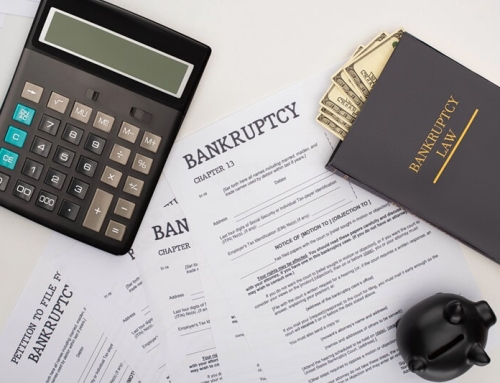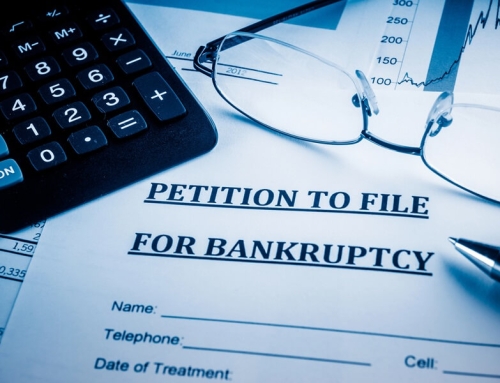What Is A Bankruptcy Trustee?
A bankruptcy trustee is a neutral third party appointed by the court to oversee the bankruptcy process for individuals or businesses. The role of the bankruptcy trustee is to administer the bankruptcy estate, which is made up of the debtor’s assets, and to ensure that the assets are distributed fairly to the creditors according to the provisions of the bankruptcy code.
What Does A Bankruptcy Trustee Do?
There are two types of bankruptcy trustees: standing trustees, who are permanently appointed to a particular bankruptcy court, and case trustees, who are appointed on a case-by-case basis. Both types of trustees have similar duties and responsibilities, but case trustees are generally responsible for overseeing the administration of a specific bankruptcy case, while standing trustees may be responsible for overseeing multiple cases at the same time.
One of the primary duties of the bankruptcy trustee is to review the debtor’s bankruptcy petition and schedules to ensure that they are complete and accurate. This includes reviewing the debtor’s income, expenses, assets, and liabilities to determine whether the debtor is eligible for bankruptcy protection and, if so, what type of bankruptcy is appropriate.
Managing Debtor’s Assets & Payments
Once the bankruptcy petition has been filed, the bankruptcy trustee will also be responsible for managing the debtor’s assets during the bankruptcy process. If the debtor files for a Chapter 7 bankruptcy, a trustee’s responsibilities involve selling the debtor’s assets and using the proceeds to pay off the petitioner’s debts.
If a Chapter 13 bankruptcy is filed, the trustee oversees the payment schedule agreed upon by the debtor and the creditors. The trustee ensures that the payments are diligently made by the petitioner and the creditors have received them.
It is the trustee’s duty to ensure that the bankruptcy process is followed whether it is a Chapter 7 or a Chapter 13 bankruptcy. The responsibilities of a trustee depend on the type of bankruptcy and the circumstances of the case.
Meeting With Creditors
In addition to these responsibilities, the bankruptcy trustee may also be responsible for conducting a meeting of creditors, known as a 341 meeting, where the debtor is required to answer questions under oath about their financial affairs. The bankruptcy trustee may also be required to investigate any fraudulent activity by the debtor or to report any suspicious activity to the court.
Oversee The Bankruptcy Process
Another important role of the bankruptcy trustee is to ensure that the debtor complies with the terms of their bankruptcy plan. This may include reviewing the debtor’s budget, ensuring that the debtor is making timely payments to their creditors, and monitoring the debtor’s progress towards completing their bankruptcy plan.
The bankruptcy trustee is also responsible for ensuring that the bankruptcy process is fair and transparent. This includes ensuring that the debtor’s assets are valued accurately, that the creditor’s claims are properly documented, and that the bankruptcy proceedings are conducted in accordance with the bankruptcy code and local rules.
Key Takeaways
The bankruptcy trustee is a crucial part of the bankruptcy process, responsible for overseeing the administration of the bankruptcy estate and ensuring that the assets are distributed fairly to the creditors. A trustee in a bankruptcy proceeding plays an important role as a third party between the debtor and the bankruptcy court. The trustee is not affiliated with the court, nor the debtor. Thus, they can proceed with the bankruptcy process objectively.
Their role is to ensure that the bankruptcy process is conducted in a fair and transparent manner and that the debtor’s rights are protected throughout the process. For further questions don’t hesitate to reach Austin Bankruptcy Lawyers now.
& Let’s Discuss How We Can Best Help Eliminate Your Specific Financial Struggles!





